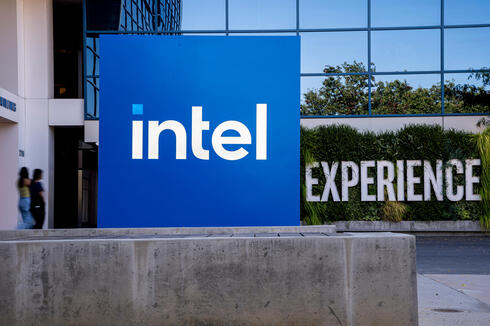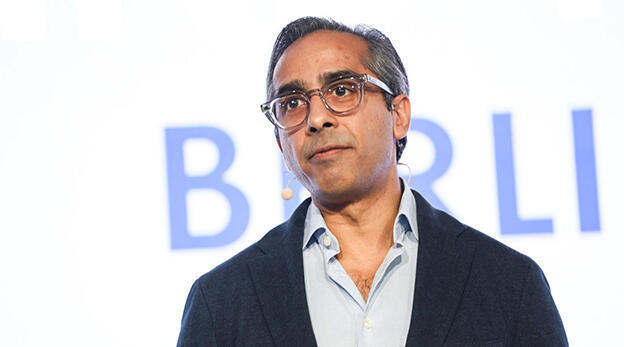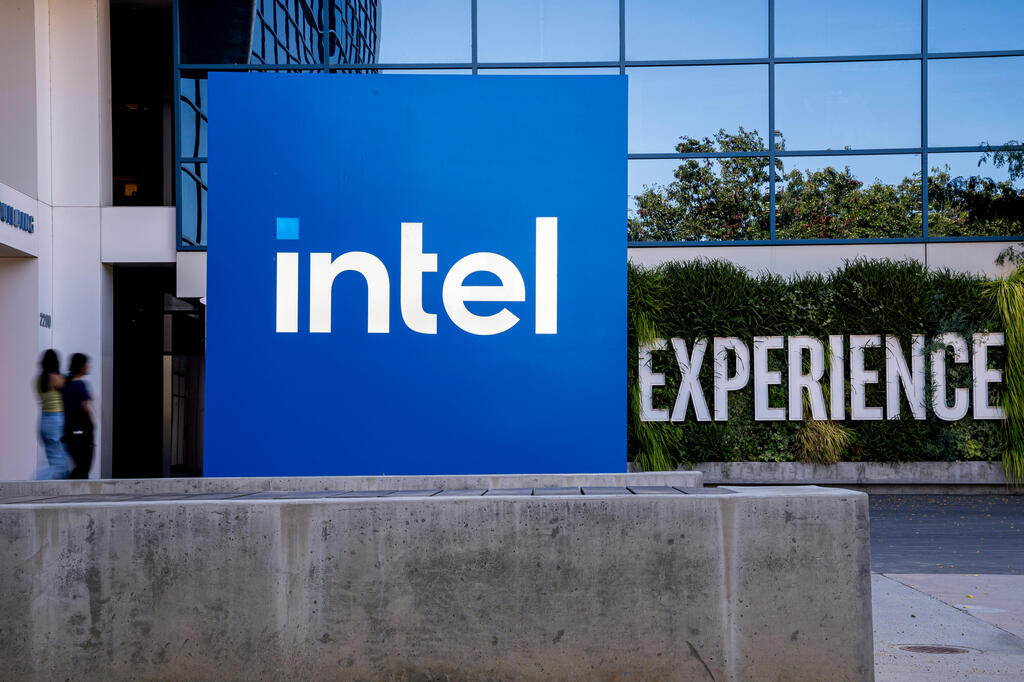
Intel's Xeon 6 promises AI and network breakthroughs amid company struggles
New processors promise energy efficiency and AI power, but Intel is fighting to stay relevant amidst broader industry shifts.
As businesses grapple with increasingly complex workloads driven by artificial intelligence, cloud computing, and modern telecommunications networks, the need for more powerful and efficient computing infrastructure has never been greater. In response to these growing demands, Intel has launched its latest Xeon 6 processors, promising significant advancements in AI processing, energy efficiency, and network optimization.
The new Xeon 6 lineup includes the 6700 and 6500 series processors featuring Performance-cores (P-cores), designed to address the needs of data centers, AI workloads, and network infrastructure. With AI adoption surging and enterprises investing billions in generative AI and machine learning technologies, Intel’s latest offering seeks to position itself as the go-to processor for a rapidly evolving digital landscape.
AI at the Core of Xeon 6
Artificial intelligence is at the heart of Intel’s new processor family. According to IDC, spending on generative AI alone is expected to reach $153 billion by 2027, with broader machine learning and analytics investments projected to surpass $361 billion. Intel aims to capture a significant portion of this expanding market by optimizing Xeon 6 for both AI inference and GPU-accelerated workloads. The processor is designed to function as a host node CPU for AI systems, offering up to 1.5 times the performance of AMD’s 5th Generation EPYC processors while using fewer cores.
In addition to enhancing AI performance, Intel emphasizes efficiency. The Xeon 6 processors enable substantial server consolidation, allowing enterprises to replace five older servers with a single Xeon 6-powered system, potentially cutting energy consumption and operational costs by up to 68%.
Beyond AI, the Xeon 6 series also addresses the evolving needs of modern telecommunications networks. As 5G and AI-driven connectivity transform the industry, traditional network architectures are struggling to keep up. Intel’s new processors are designed to support virtualized radio access networks (vRAN) and other network functions with improved power efficiency and computational performance.
With built-in accelerators for AI-powered network security and media processing, the Xeon 6 system-on-chip (SoC) delivers up to 2.4 times the radio access network (RAN) capacity of its predecessors. Additionally, the inclusion of the Intel Media Transcode Accelerator offers up to 14 times the performance-per-watt gain in media processing compared to previous models, signaling a major shift in network and edge computing capabilities.
Intel’s latest processors are already being integrated into enterprise and telecommunications infrastructure. The company reports that more than 500 designs featuring Xeon 6 are either in progress or already available, with industry giants such as AT&T, Verizon, Cisco, Dell, and Microsoft among the early adopters.
Alongside the new processor family, Intel also introduced advanced Ethernet solutions developed in Israel to support high-performance networking needs. These include the Intel Ethernet E830 and E610 controllers, designed for cloud computing, AI applications, and high-speed data transfer.
Intel, once a pioneering force in the chip industry, is now facing significant challenges that threaten its future. After missing key technological revolutions like mobile computing and struggling to compete with Nvidia in AI, Intel’s dominance has diminished. The company is now exploring potential deals to sell parts of its operations, with TSMC interested in acquiring its manufacturing assets and Broadcom eyeing its chip design and marketing divisions. These talks, although still in early stages, highlight Intel's inability to keep up with market changes, particularly in AI and chip manufacturing.














